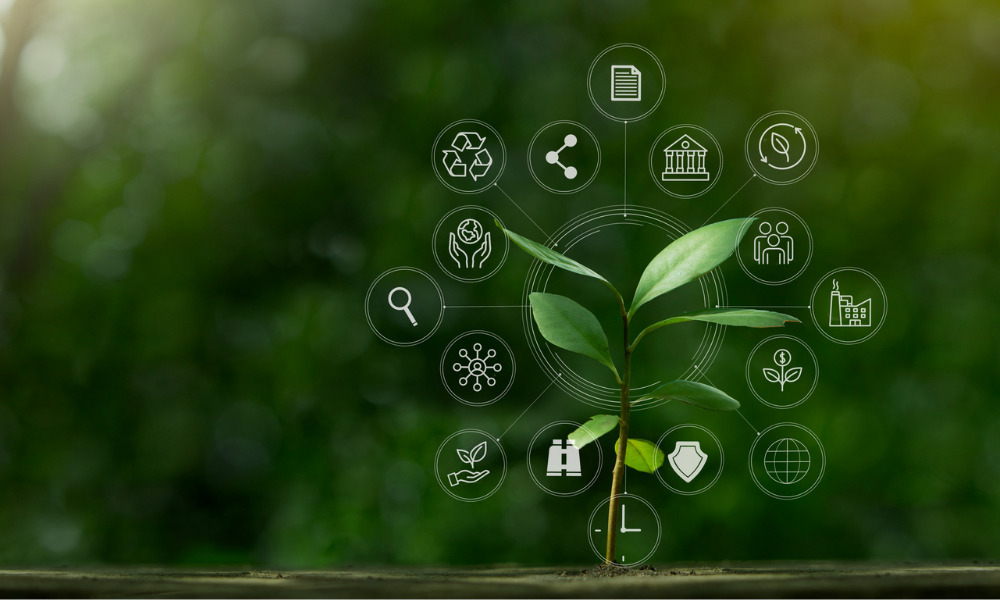While there is no doubt that climate change continues to warm the Earth and causes catastrophic climate impacts – from food insecurity to stronger natural calamities and disasters – the way how to address climate change has been a decades-long discussion which still even continues up to the present. However, one common ground found by governments at the international level is the net-zero emissions.
What are the laws on climate change in Canada?
While there are numerous Canadian laws on environmental and natural resources protection, Canada also has a different set of laws on climate change, which addresses net-zero emissions or reduction of GHG emissions. Laws on climate change and other local initiatives are also present in the different provinces and territories through their statutes and policies.
Paris Agreement
The Paris Agreement is a legally binding international treaty on climate change, entered in 2015 and was in force in 2016, where Canada is a signatory and an active implementor of. The Agreement is a landmark treaty, where countries and states have committed to reduce their GHG emissions by 30% below 2005 levels by 2030, thus reaching the worldwide net-zero emissions goal.
In further localizing the goals of the Paris Agreement, various policies and laws on climate change in Canada, both in the federal and provincial or territorial level, are enacted and are currently enforced.
Canadian Net-Zero Emissions Accountability Act
The Canadian Net-Zero Emissions Accountability Act (CNZEAA) established an accountability framework (Section 4, CNZEAA) according to the objectives of the Paris Agreement through the enactment of the Emissions Reduction Plan (Sections 9 and 10, CNZEAA). The Emissions Reduction Plan, which is also referred to as the Emissions Accountability Timeline, provides for the Canadian national roadmap to implement the Paris Agreement objectives. As such, it is one of the most important laws on climate change in Canada.
The Act also established the Net-Zero Advisory Body (Section 20, CNZEAA) which will provide advice to the Minister of Environment and Climate Change to achieve the net-zero target set by law. The Act also provides for the manner of appointment and composition of the Body (Section 21, CNZEAA) and the other reports it must render to the Minister.
Greenhouse Gas Pollution Pricing Act
The Greenhouse Gas Pollution Pricing Act (GHG Pricing Act) is the federal law on pricing carbon emissions which sets up the federal pricing system on carbon emissions. The pricing system introduced by the GHG Pricing Act would apply to Canadian provinces and territories if they don’t have a local legislation on pricing carbon emissions, or when they voluntarily accede that the pricing system of the Act will be followed.
There are two pricing charges or systems that the GHG Pricing Act has introduced: fuel charges, which is at C$65 per tonne as of 2023, under Part I of the Act; and the output-based pricing (OBP) system under Part II of the Act, which requires facilities to pay the government if their emissions exceed 50,000 tonnes or more of CO2e.
Learn more about air pollution regulation in Canada, and how it is implemented from the federal down to the municipal levels.
Net-Zero Accelerator Fund
To encourage and help the private sector in reducing their carbon or GHG emissions, the federal government established the Net-Zero Accelerator Fund. This Fund will provide up to C$8 billion as investments to “large-scale emitters”, which are industrial companies or corporations, in “decarbonizing” their operations and eventually shift to a less or carbon-free operations. It will also ensure that these companies and corporations are financially successful and competitive, while aiming for the net-zero targets of Canada.
Where the Net-Zero Emissions started
To address concerns regarding the continuing climate change and global warming, governments all over the world came up with a plan to limit carbon emissions, and eventually reach net-zero emissions. The “net-zero emissions” movement, as established in the Paris Agreement, is the growing commitment among national governments whose goal is to achieve zero greenhouse gas emissions (GHG) by 2050. It compels governments to continually evolve their laws on climate change, offset their emissions, or implement carbon removal processes.
In numbers, scientists suggest that global warming must be limited at 1.5 degrees C (2.7 degrees F). This is done by reducing GHG emissions by half by the year 2030, and to achieve net-zero emissions by the year 2050, lest we suffer more catastrophic consequences brought by climate change and global warming.
Net-zero emissions can be understood as a two-fold plan:
- Reduction of GHG Emissions to reduce any emissions until reaches to “zero”.
- Carbon Offsetting to eliminate the existing GHGs in the atmosphere.
(1) Reduction of GHG Emissions
Reduction of GHG emissions basically entails the reduction of human-caused emissions, by shifting from a worldwide “high-carbon economy” to a “low-carbon economy”. This would need legal and operational reforms governing sectors and industries which largely emits GHGs, such as the energy, industrial, transportation, and agricultural sector.
Common among these sectors are its use of fossil fuels (i.e., coal, oil, and gas), which can be reduced by using alternative sources of energy. Traditional food production may also be shifted to reduce the GHG emissions of the agricultural sector, coupled with campaigns on changes on commercial food consumption. Energy sources are also expected to change to reduce GHG emissions, by using renewable sources of energy such as solar, wind, water, and geothermal.
(2) Carbon Offsetting
Carbon offsetting is simply done through natural approaches of capturing or absorbing current GHGs in the atmosphere through “carbon sinks”. A classic example of a carbon sink are forests or forest lands, and carbon offsetting is achieved by its reforestation and by protecting these existing forests. This includes restoring or rehabilitating forests which have been greatly reduced or affected because of industrial expansion and resources-mining. But since forest restoration or rehabilitation is not as easy as it seems, the best way to offset current carbon or GHG emissions is to protect current forest lands, especially those which are at great risk of being continually reduced or converted for other land use.
Other natural carbon sinks are the ocean and its ecosystems, including the mangrove lands, coral reefs and seagrass beds; and wetlands such as grasslands, freshwater lakes, swamps, and peat bogs. As such, protection or conservation of these other carbon sinks are also included in the net-zero plan.
To know more about how the laws on climate change in Canada can impact your business, consult with the top environmental lawyers in Canada or comment your questions down below.





